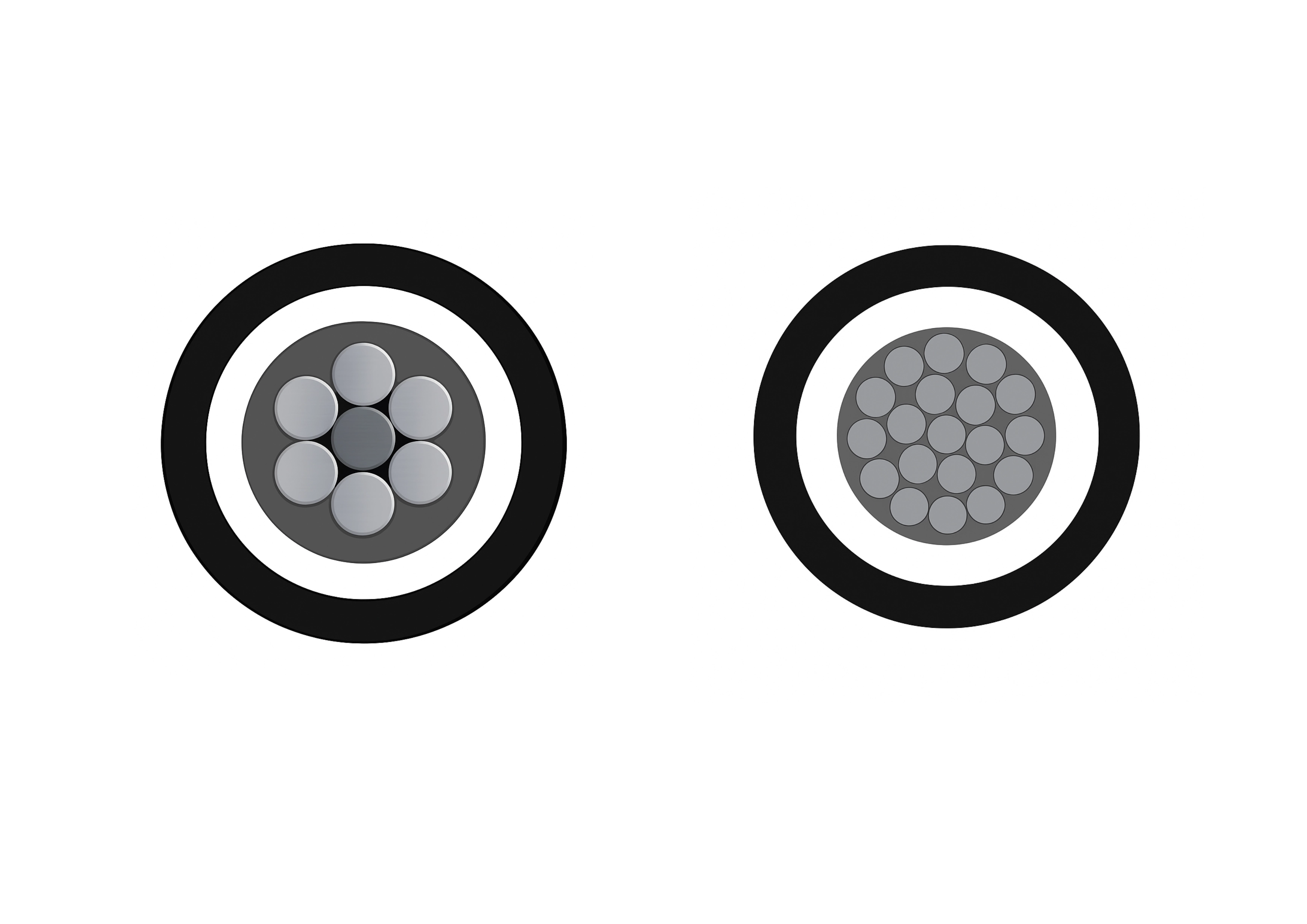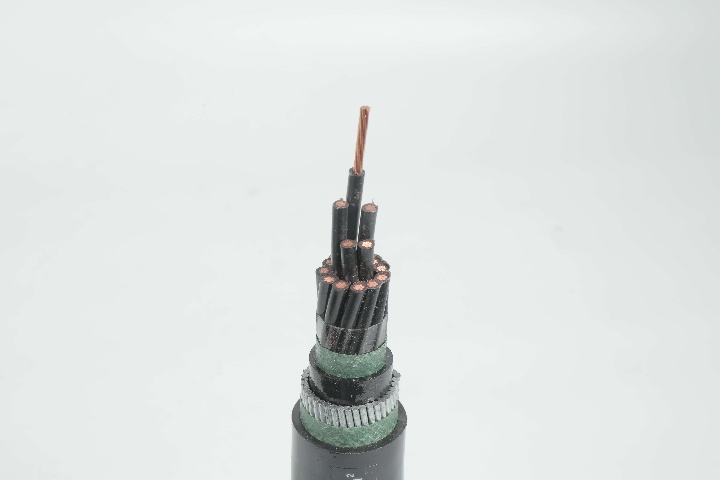What is a Distribution Transformer?
Distribution transformers are a key link in the power transmission chain. They ensure that the voltage is safely and efficiently reduced from the transmission voltage to the voltage available to homes, businesses and industries, thereby ensuring the normal operation of electricity and providing strong protection for industry and life.
Whether in the form of oil immersed transformers, substation transformers, or 3-phase distribution transformers, these devices are central to maintaining a reliable and resilient power supply.
What Is a Distribution Transformer?
A distribution transformer is a type of electric transformer used in power distribution networks to perform voltage transformation, typically stepping down medium voltage (e.g., 11kV, 33kV) to a lower voltage (e.g., 400V or 240V) suitable for end-user equipment.
Unlike transmission transformers, which operate at very high voltages, distribution transformers are optimized for high efficiency at lower loads, continuous operation, and proximity to the consumption point.
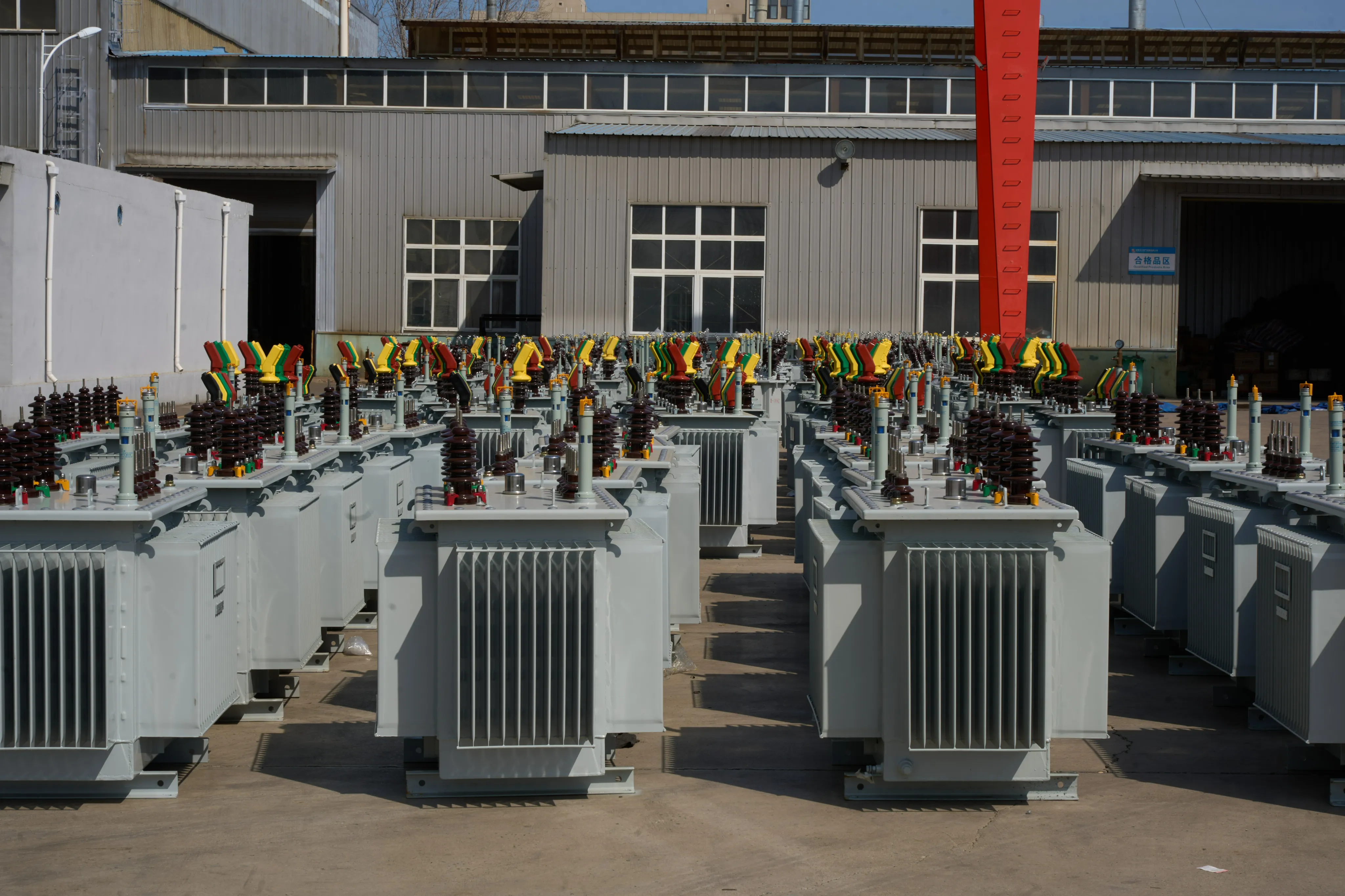
Types of Distribution Transformers
Oil Immersed Transformers
Oil immersed transformers use mineral oil or synthetic fluids for cooling and insulation. These are among the most common types in the industry due to their efficiency and durability.
Features:
- Efficient heat dissipation
- Long service life
- Requires periodic oil testing and maintenance
Applications:
- Rural electrification
- Industrial zones
- Outdoor utility poles
Oil immersed designs are preferred for pole mount transformers and substation transformers, especially in medium- to high-load conditions.
Substation Transformers
Substation transformers are key components in grid-side installations and utility-scale power systems. They are typically located in electrical substations and serve as a bridge between transmission and distribution networks.
Key characteristics:
- High capacity (500kVA to several MVA)
- May be dry-type or oil-filled
- Often include protective devices and tap changers
Substation transformers may feed entire neighborhoods, industrial parks, or data centers—often through underground or overhead pad mounted transformers or secondary feeder lines.
3-Phase Distribution Transformers
A 3-phase distribution transformer is used in commercial and industrial areas where three-phase power is required to run motors, HVAC systems, and large equipment.
Advantages:
- Balanced load across phases
- Higher efficiency for large-scale users
- Compact footprint per kVA output
In urban areas, these transformers may be installed as pad mounted transformers, whereas in rural settings, they are often configured as pole mount transformers.
Single Phase vs. 3-Phase Distribution Transformers
|
Feature |
Single Phase Transformer |
3-Phase Distribution Transformer |
|
Power Usage Type |
Residential loads |
Industrial / commercial loads |
|
Voltage Phases |
2 wires (L + N) |
3 wires + neutral |
|
Application Scope |
Homes, farms |
Offices, factories, warehouses |
|
Size & Cost |
Smaller and cheaper |
Larger capacity, higher cost |
While single phase transformers are ideal for light loads, phase transformers (both single and three-phase) must be correctly selected to match the typical distribution demands of the target zone.
Mounting Options: Pad Mounted vs. Pole Mounted Transformers
Pole Mount Transformers
These are typically oil immersed transformers mounted on utility poles. They’re ideal for low-density, overhead power distribution systems.
Advantages:
- Cost-effective installation
- Easy visual access for maintenance
Pad Mounted Transformers
These are ground-level, enclosed transformers used in underground or urban networks. Pad mounted transformers are popular in suburban neighborhoods, commercial parks, and data centers due to their safety, aesthetics, and tamper resistance.
Benefits:
- Safer for public spaces
- Reduced visual impact
- Compatible with underground cabling
How Distribution Transformers Work: Voltage Transformation
At the heart of every distribution transformer is the principle of voltage transformation via electromagnetic induction. Here's how it typically functions in a power system:
- Primary coil receives medium-voltage input from the utility grid (e.g., 11kV).
- Core (usually silicon steel) channels magnetic flux.
- Secondary coil delivers stepped-down voltage to consumers (e.g., 400V or 240V).
The transformer ratio (primary vs. secondary turns) defines the output voltage, making it crucial to match the transformer to the expected electric power load.
Efficiency, Load Management & Typical Distribution Practices
Modern distribution transformers are designed to operate efficiently under partial loads—often the norm in residential and commercial areas.
Load Management Tips:
- Avoid oversizing: Leads to poor efficiency and higher cost
- Avoid undersizing: Causes overheating and early failure
- Use automated tap changers or smart sensors in grid-connected units
Typical distribution setups in urban areas include:
- Primary feeder (11kV or 22kV)
- Substation with substation transformers
- Localized feeders to pad mounted or pole mount transformers
- Final output to homes or businesses
Maintenance Considerations
Proper maintenance of distribution transformers, especially oil immersed transformers, extends their operational lifespan and minimizes downtime.
Routine Checks:
- Oil level and dielectric strength
- Temperature gauges and load indicators
- Grounding resistance
- Insulation resistance and winding integrity
Some pad mounted transformers come with tamper-proof designs and sealed systems to reduce maintenance needs.
Future Trends in Distribution Transformers
With the rise of distributed energy resources (DERs) and digitized grids, distribution transformers are becoming smarter and more integrated into energy management systems.
Emerging developments:
- Remote monitoring sensors
- Eco-friendly alternatives to oil (like ester fluids)
- Integration with battery energy storage (BESS)
- Modular transformers for mobile or temporary power supply
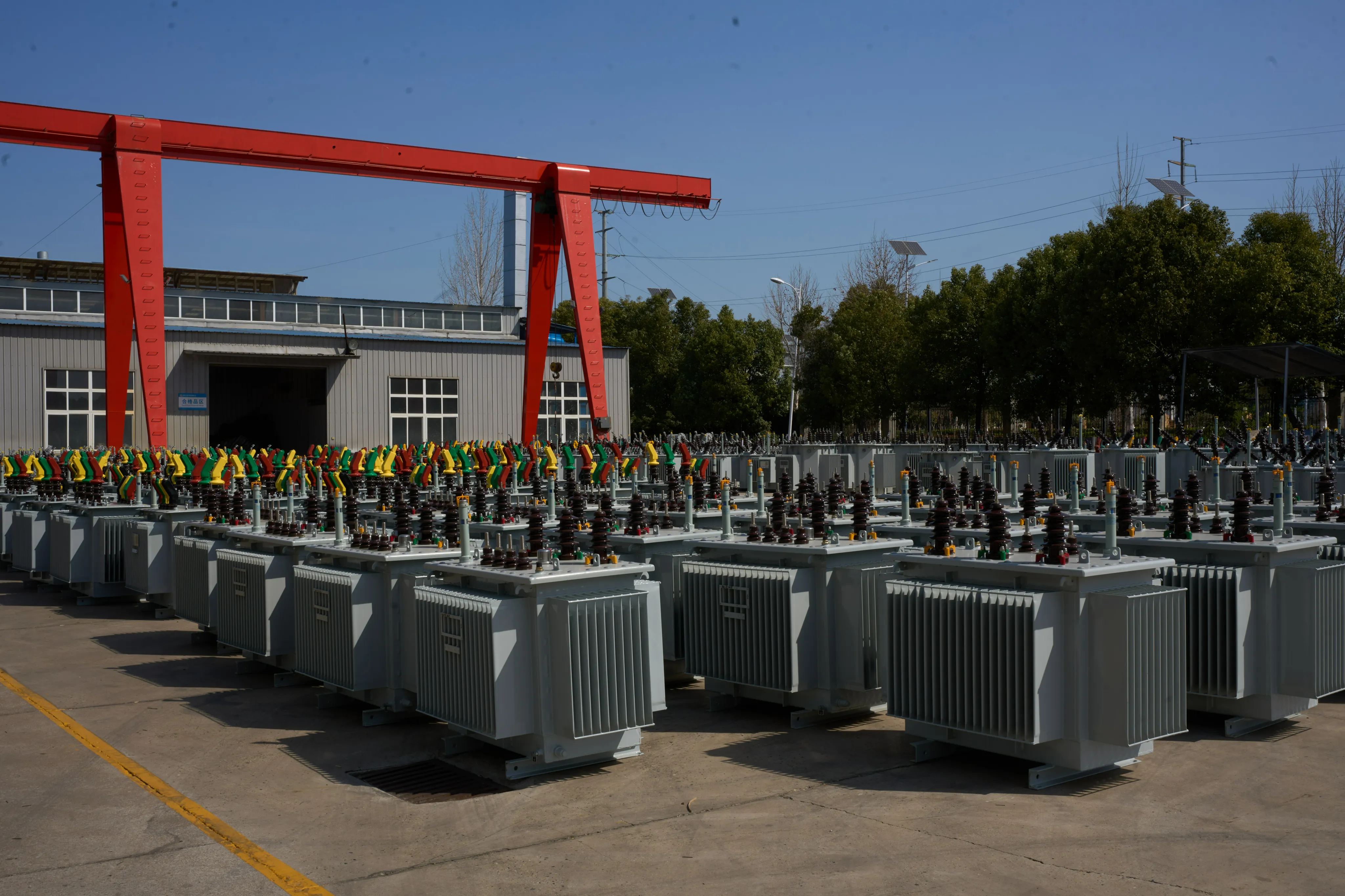
In conclusion, in the world of electric power distribution, distribution transformers are indispensable. From oil-immersed transformers to substation transformers and 3-phase distribution transformers, they come in a variety of forms to meet the diverse needs of modern energy systems.
For reliable and safe Industrial manufacturers and technology data centers, it's essential to understand the different types of transformers, their configurations, and how well they perform.

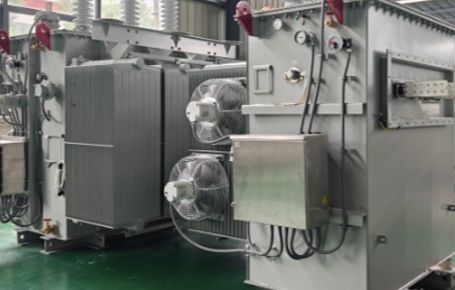
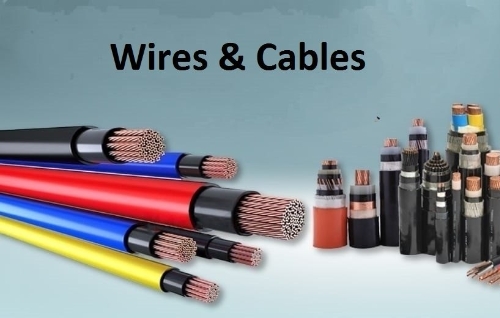
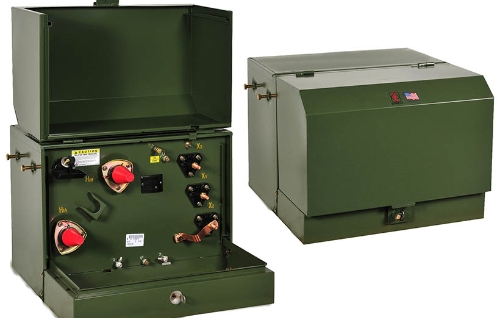
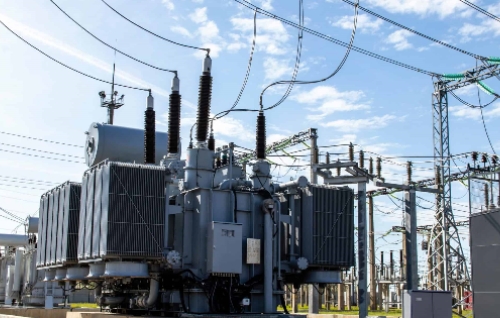
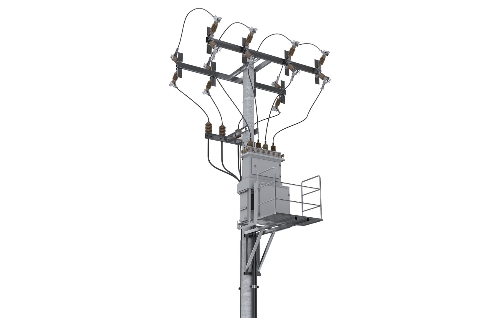
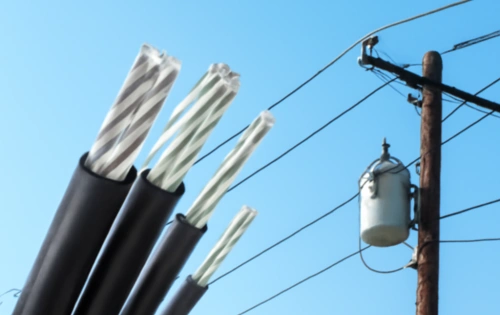
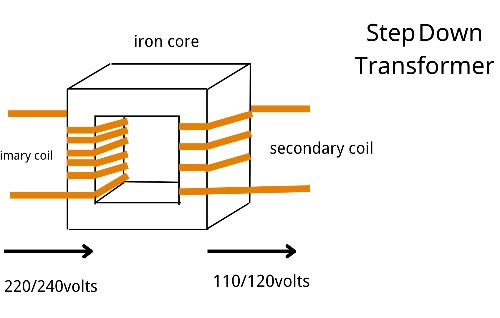
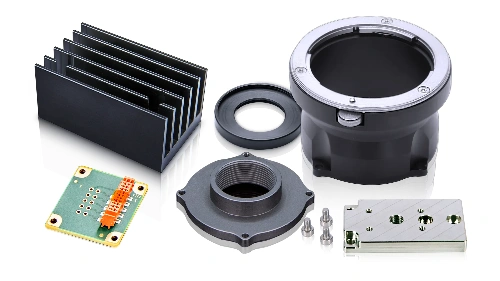
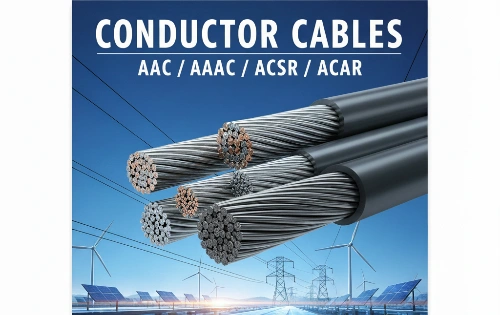
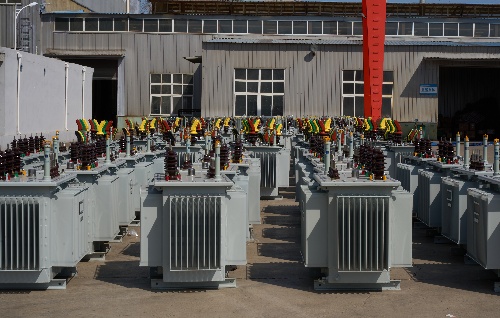
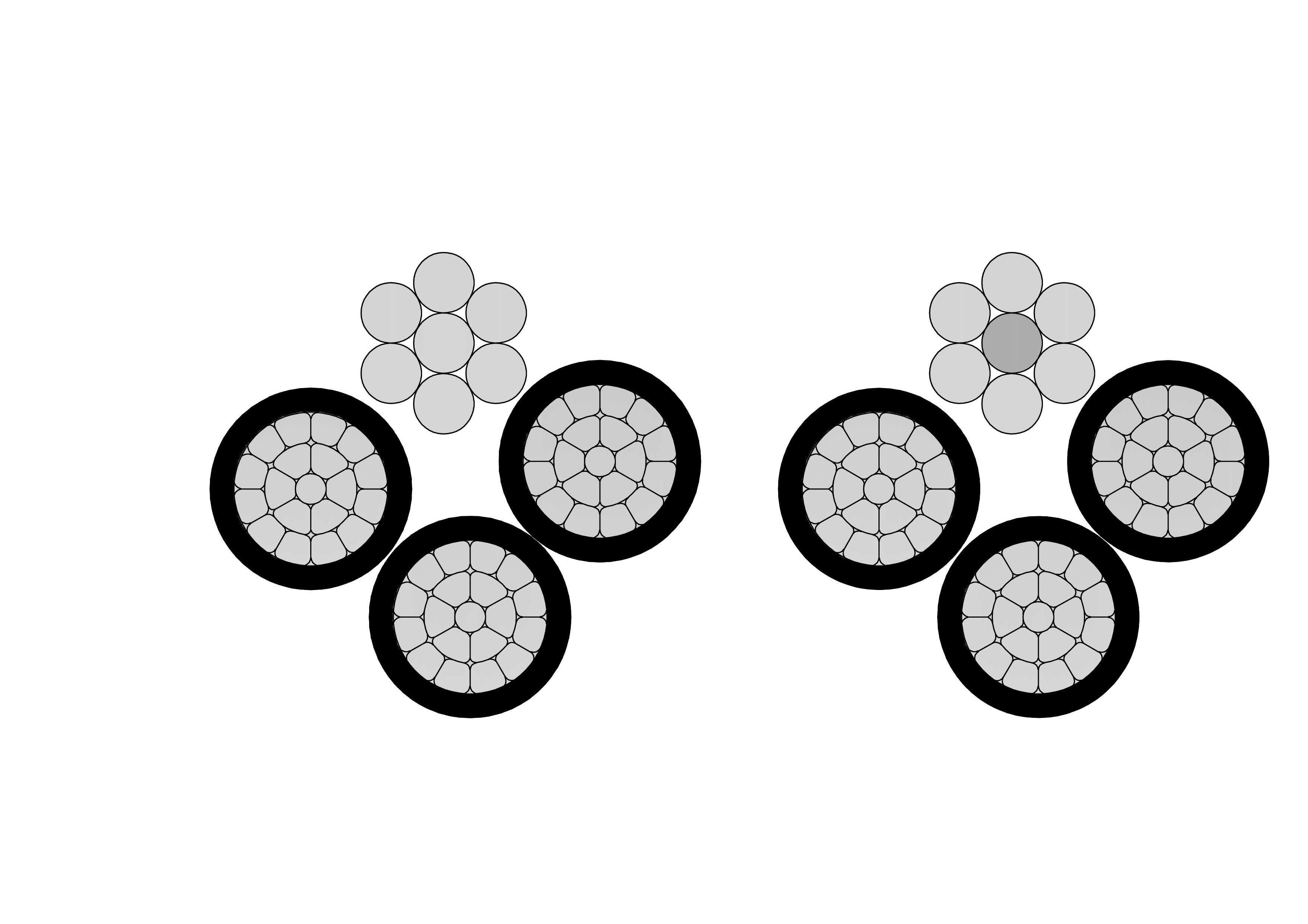
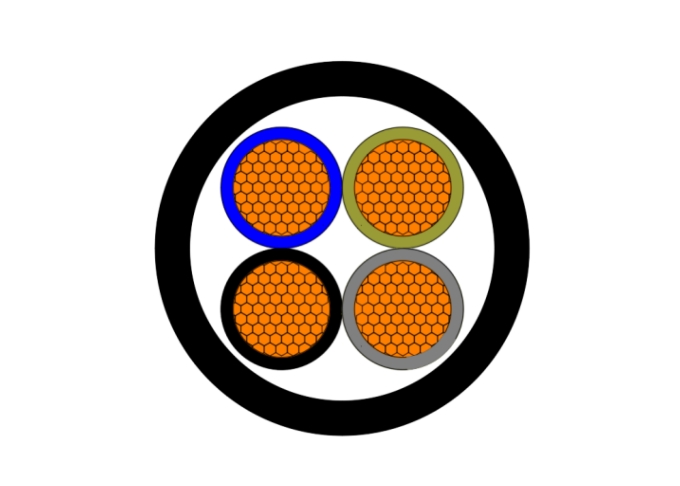
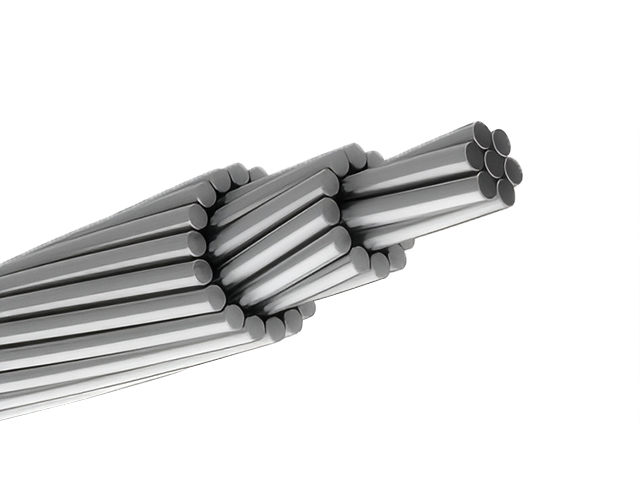
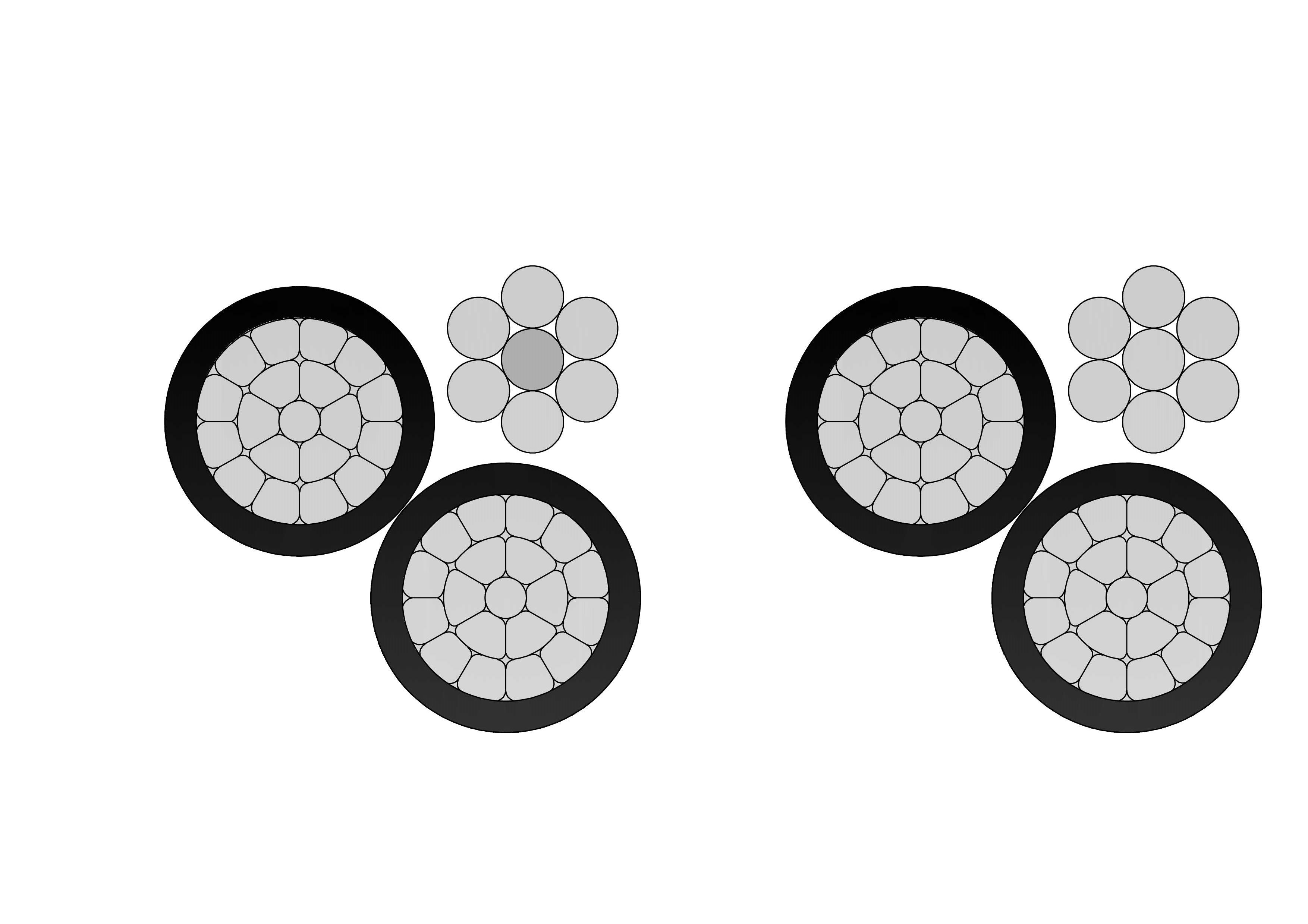
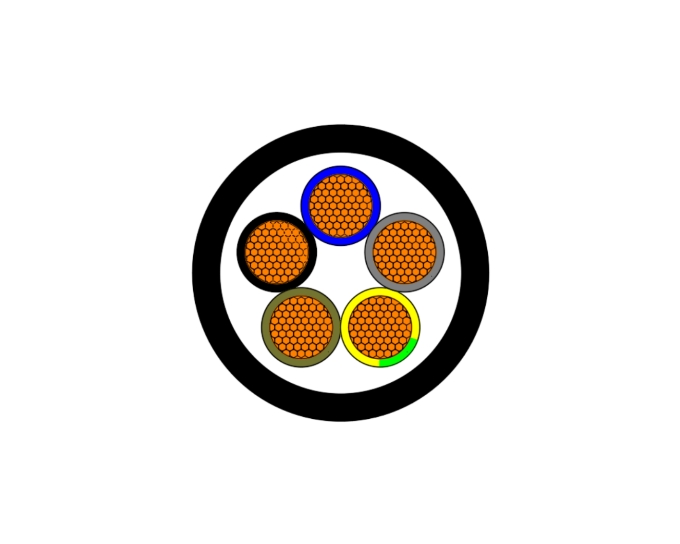
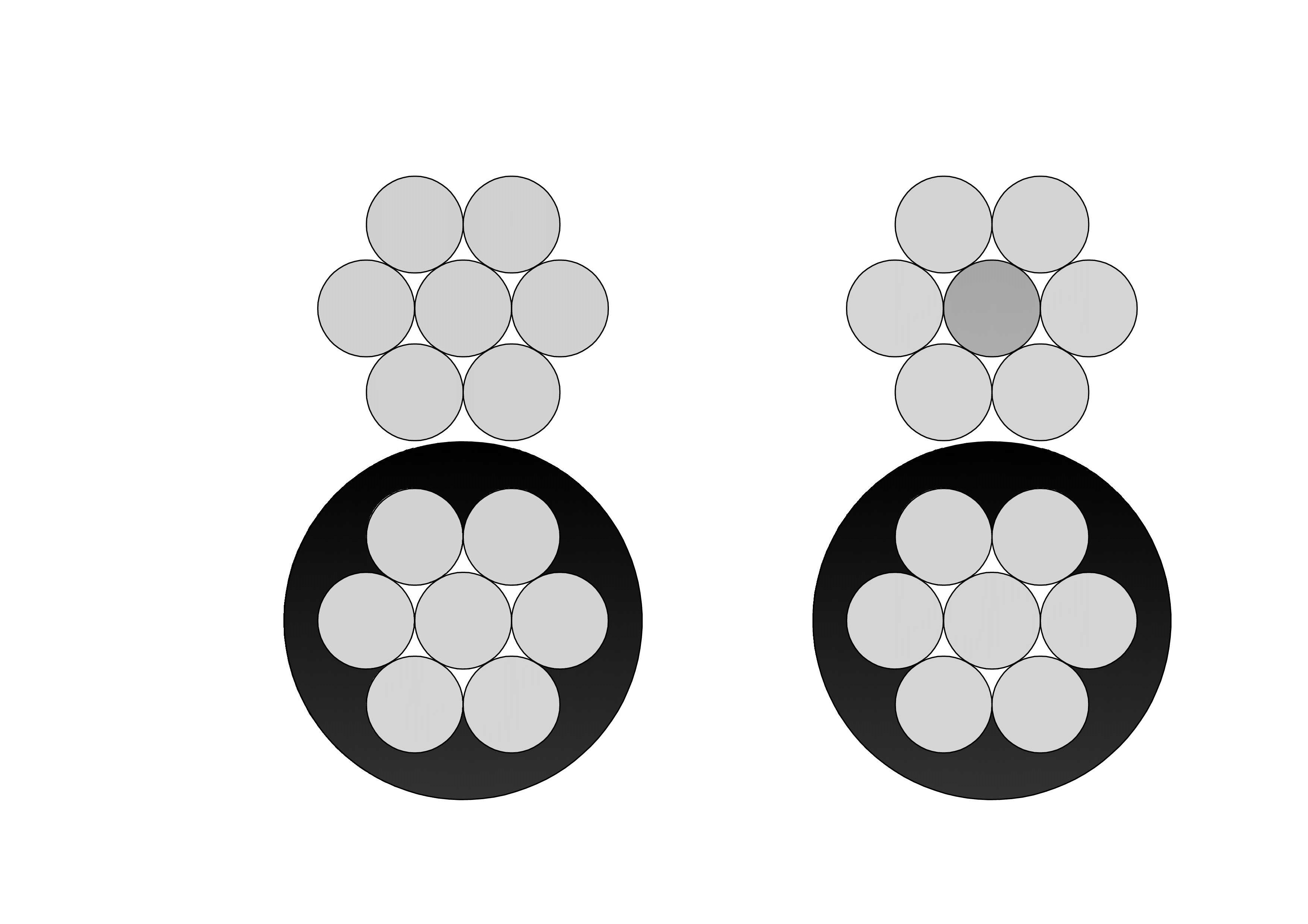
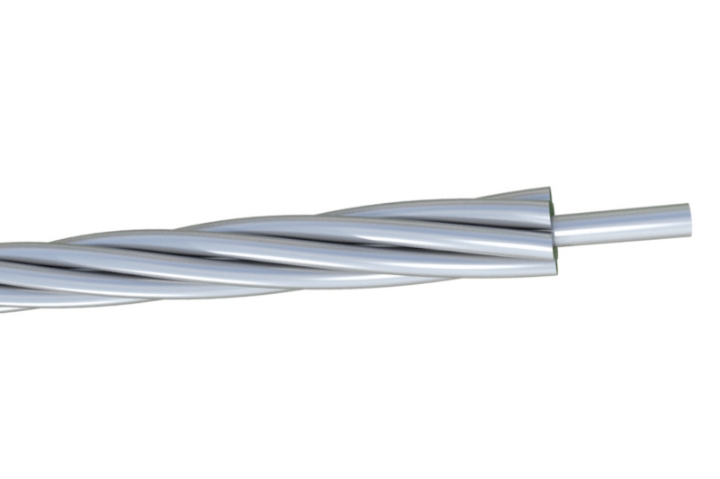
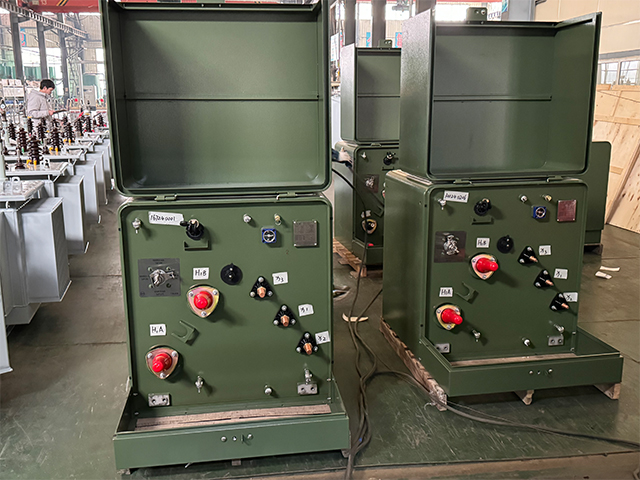
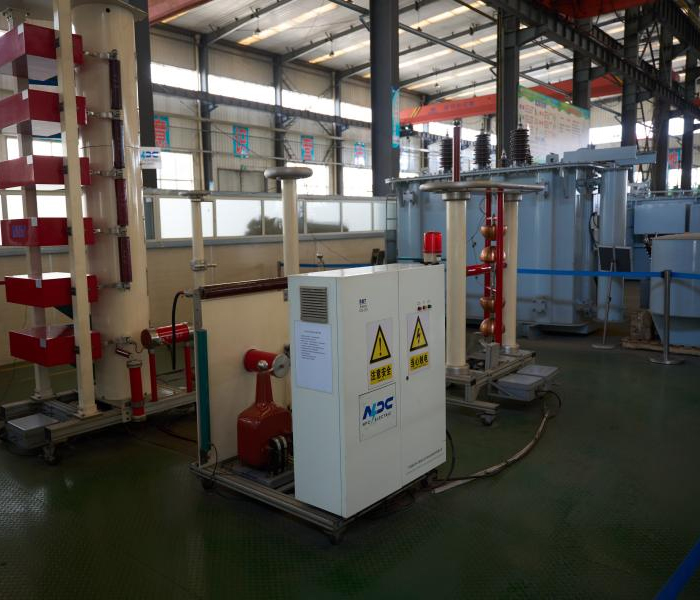
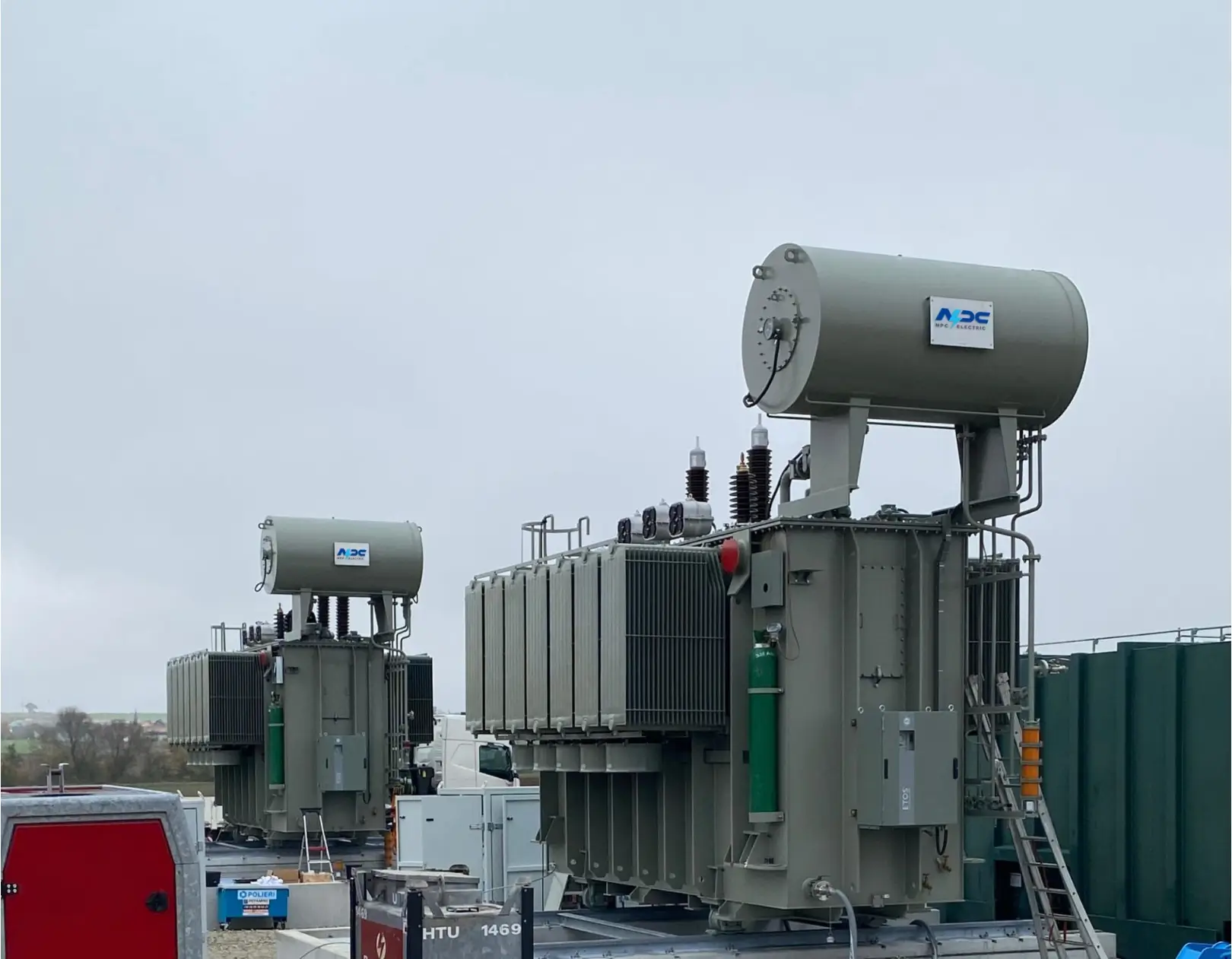
2Y-high-voltage-power-cable-2.webp)
